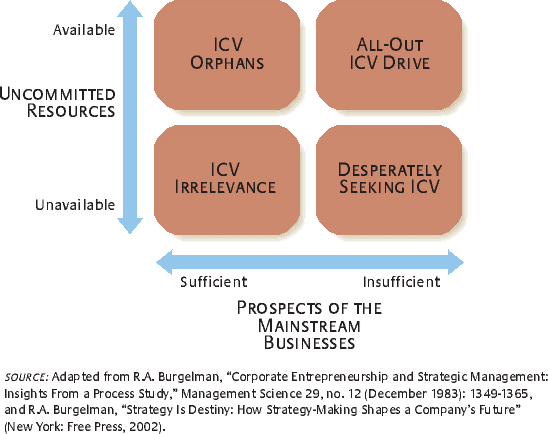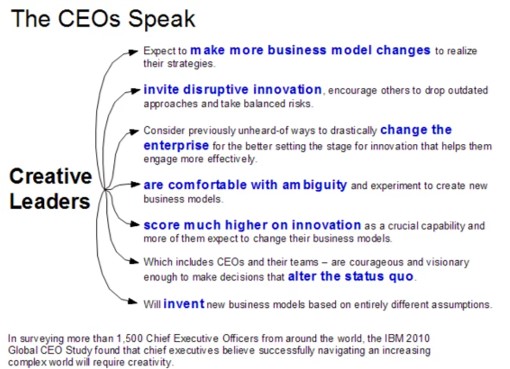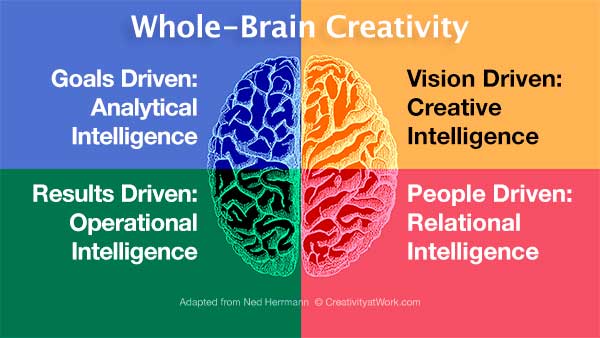
GUEST POST from Greg Satell
All too often, innovation is confused with agility. We’re told to “adapt or die” and encouraged to “move fast and break things.” But the most important innovations take time. Einstein spent ten years on special relativity and then another ten on general relativity. To solve tough, fundamental problems, we have to be able to commit for the long haul.
As John F. Kennedy put it in his moonshot speech, “We choose to go to the moon in this decade and do the other things, not because they are easy, but because they are hard, because that goal will serve to organize and measure the best of our energies and skills.” Every organization should pursue grand challenges for the same reason.
Make no mistake. Innovation needs exploration. If you don’t explore, you won’t discover. If you don’t discover you won’t invent and if you don’t invent you will be disrupted. It’s just a matter of time. Unfortunately, exploration can’t be optimized or iterated. That’s why grand challenges don’t favor the quick and agile, but the patient and the determined.
1. Don’t Bet The Company
Most grand challenges aren’t like the original moonshot, which was, in large part, the result of the space race with the Soviets that began with the Sputnik launch in 1957. That was a no-holds-barred effort that consumed the efforts of the nation, because it was widely seen as a fundamental national security issue that represented a clear and present danger.
For most organizations, those type of “bet-the-company” efforts are to be avoided. You don’t want to bet your company if you can avoid it, for the simple reason that if you lose you are unlikely to survive. Most successful grand challenges don’t involve a material investment. They are designed to be sustainable.
“Grand challenges are not about the amount of money you throw at the problem, Bernard Meyerson, IBM’s Chief Innovation Officer, told me. “To run a successful grand challenge program, failure should not be a material risk to the company, but success will have a monumental impact. That’s what makes grand challenges an asymmetric opportunity.”
Take, for example Google’s X division. While the company doesn’t release its budget, it appeared to cost the company about $3.5 billion in 2018, which is a small fraction of its $23 billion in annual profits at the time. At the same time, just one project, Waymo, may be worth $70 billion (2018). In a similar vein, the $3.8 billion invested in the Human Genome Project generated nearly $800 billion of economic activity as of 2011.
So the first rule of grand challenges is not to bet the company. They are, in fact, what you do to avoid having to bet the company later on.
2. Identify A Fundamental Problem
Every innovation starts out with a specific problem to be solved. The iPod, for example, was Steve Jobs’s way of solving the problem of having “a thousand songs in my pocket.” More generally, technology companies strive to deliver better performance and user experience, drug companies aim to cure disease and retail companies look for better ways to drive transactions. Typically, firms evaluate investment based on metrics rooted in past assumptions
Grand challenges are different because they are focused on solving fundamental problems that will change assumptions about what’s possible. For example, IBM’s Jeopardy Grand Challenge had no clear business application, but transformed artificial intelligence from an obscure field to a major business. Later, Google’s AlphaGo made a similar accomplishment with self-learning. Both have led to business opportunities that were not clear at the time.
Grand challenges are not just for technology companies either. MD Anderson Cancer Center has set up a series of Moonshots, each of which is designed to have far reaching effects. 100Kin10, an education nonprofit, has identified a set of grand challenges it has tasked its network with solving.
Talia Milgrom-Elcott, Executive Director of 100Kin10, told me she uses the 5 Whys as a technique to identify grand challenges. Start with a common problem, keep asking why it keeps occurring and you will eventually get to the root problem. By focusing your efforts on solving that, you can make a fundamental impact of wide-ranging consequence.
3. Commit To A Long Term Effort
Grand challenges aren’t like normal problems. They don’t conform to timelines and can’t effectively be quantified. You can’t justify a grand challenge on the basis of return on investment, because fundamental problems are too pervasive and ingrained to surrender themselves to any conventional form of analysis.
Consider The Cancer Genome Atlas, which eventually sequenced and published over 10,000 tumor genomes When Jean Claude Zenklusen first came up with the idea in 2005, it was highly controversial, because although it wasn’t particularly expensive, it would still take resources away from more conventional research.
Today, however, the project is considered to be a runaway success, which has transformed the field, greatly expanding knowledge and substantially lowering costs to perform genetic research. It has also influenced efforts in other fields, such as the Materials Genome Initiative. None of this would have been possible without commitment to a long-term effort.
And that’s what makes grand challenges so different. They are not business as usual and not immediately relevant to present concerns. They are explorations that expand conventional boundaries, so cannot be understood within them.
An Insurance Policy Against A Future You Can’t Yet See
Typically, we analyze a business by extrapolating current trends and making adjustments for things that we think will be different. So, for example, if we expect the market to pick up, we may invest in more capacity to profit from greater demand. On the other hand, if we expect a softer market, we’d probably start trimming costs to preserve margins.
The problem with this type of analysis is that the future tends to surprise us. Technology changes, customer preferences shift and competitors make unexpected moves. Nobody, no matter how diligent or smart, gets every call right. That’s why every business model fails sooner or later, it’s just a matter of time.
It’s also what makes pursuing grand challenges is so important. They are basically an insurance policy against a future we can’t yet see. By investing sustainably in solving fundamental problems, we can create new businesses to replace the ones that will inevitably falter. Google doesn’t invest in self-driving cars to improve its search business, it invests because it knows that the profits from search won’t last forever.
The problem is that there is a fundamental tradeoff between innovation and optimization, so few organizations have the discipline to invest in exploration today for a uncertain payoff tomorrow. That’s why so few businesses last.
— Article courtesy of the Digital Tonto blog and previously appeared on Inc.com
— Image credits: Unsplash
![]() Sign up here to join 17,000+ leaders getting Human-Centered Change & Innovation Weekly delivered to their inbox every week.
Sign up here to join 17,000+ leaders getting Human-Centered Change & Innovation Weekly delivered to their inbox every week.













